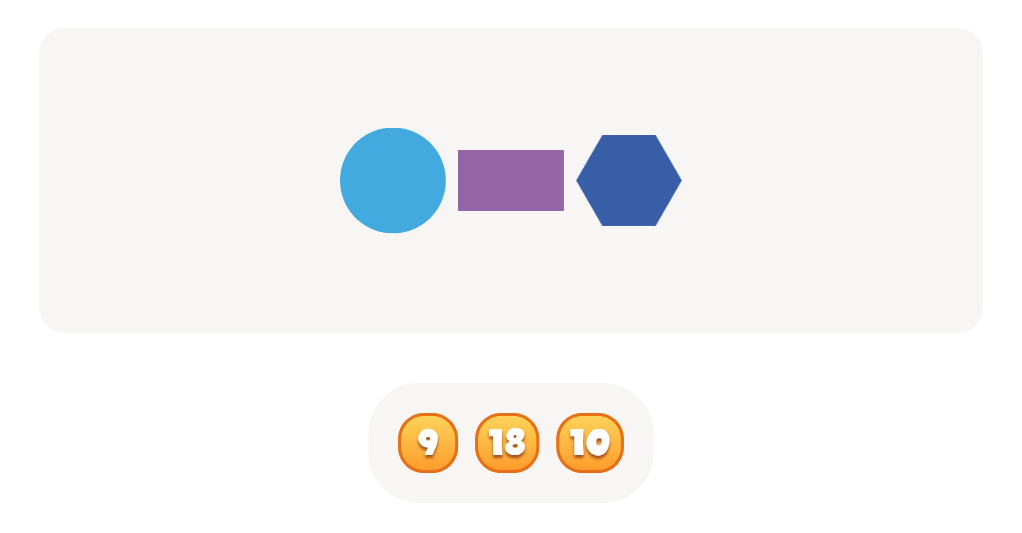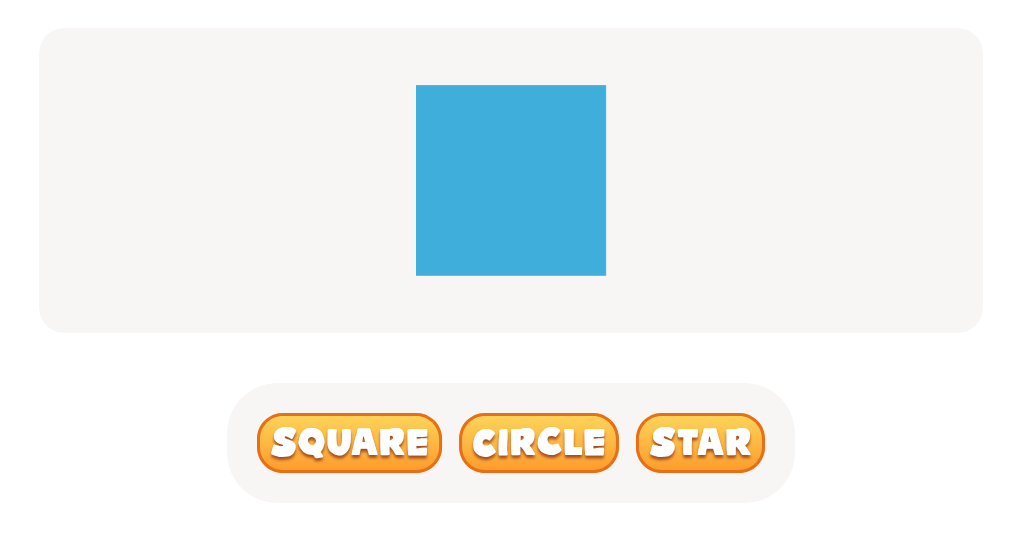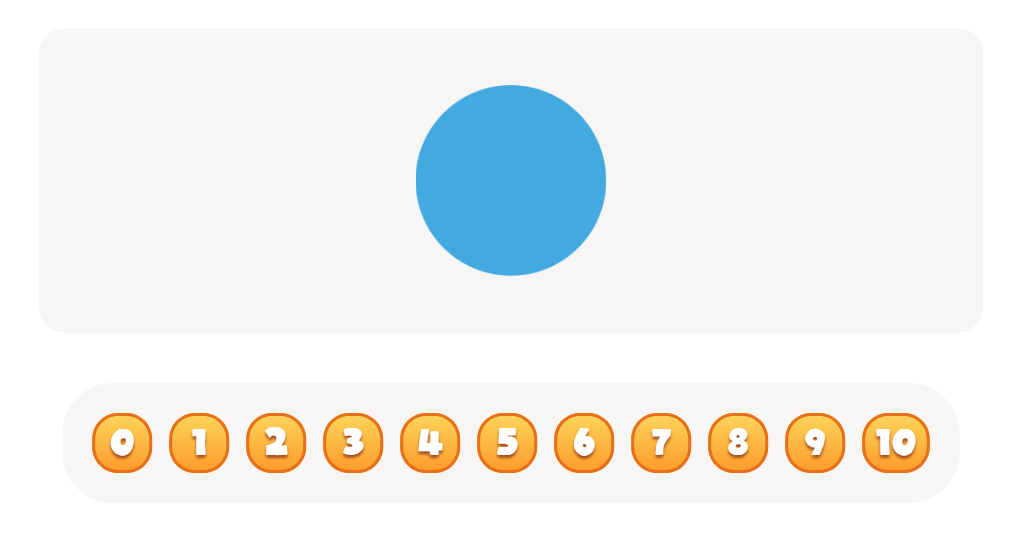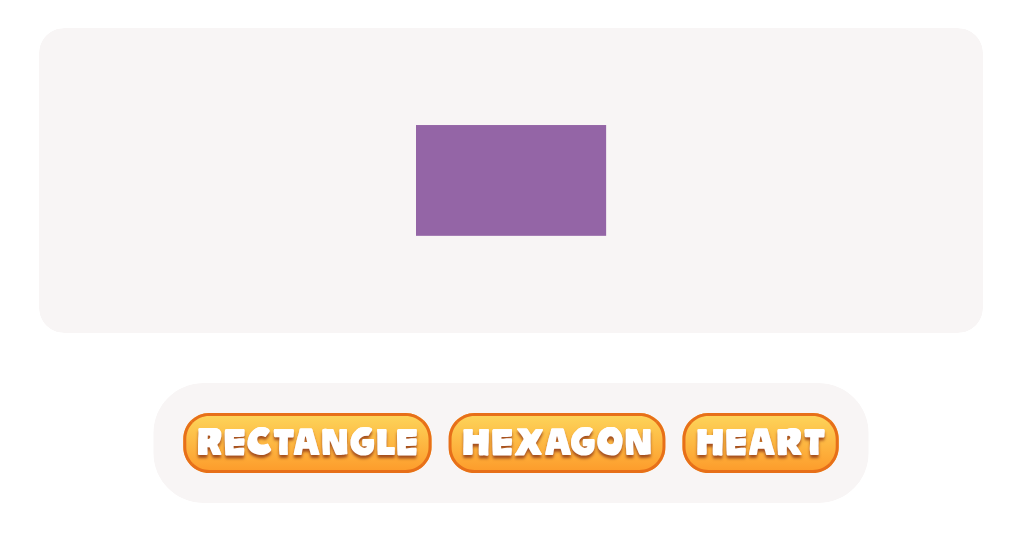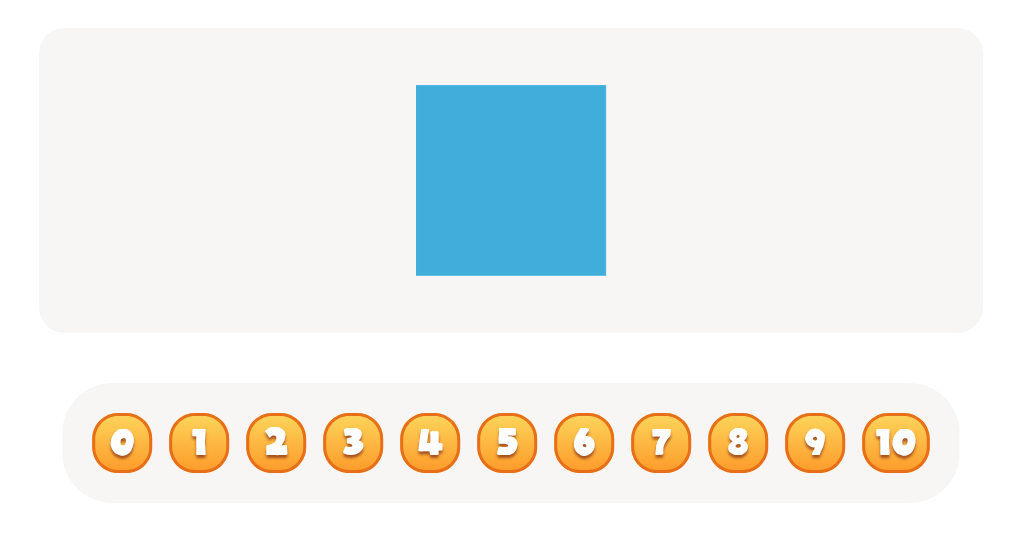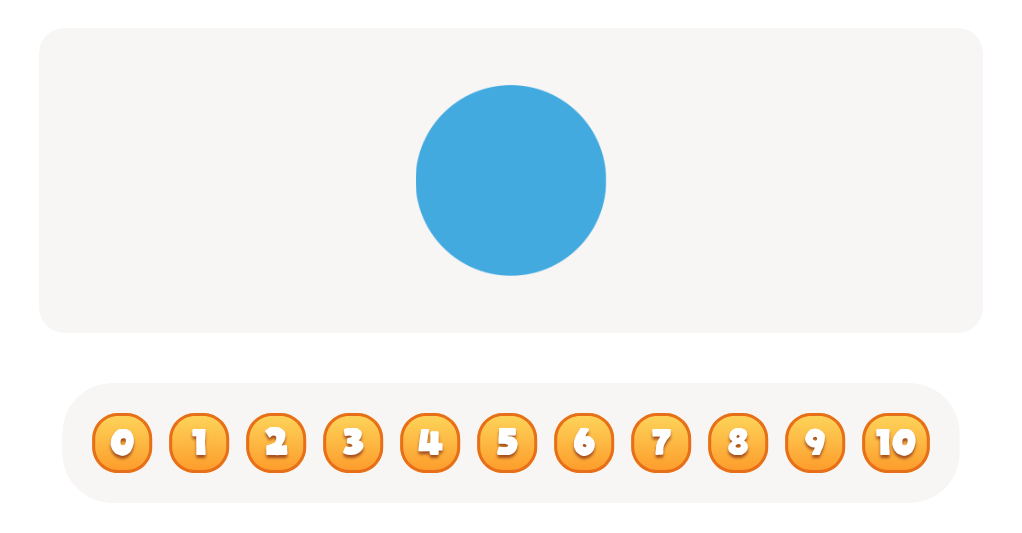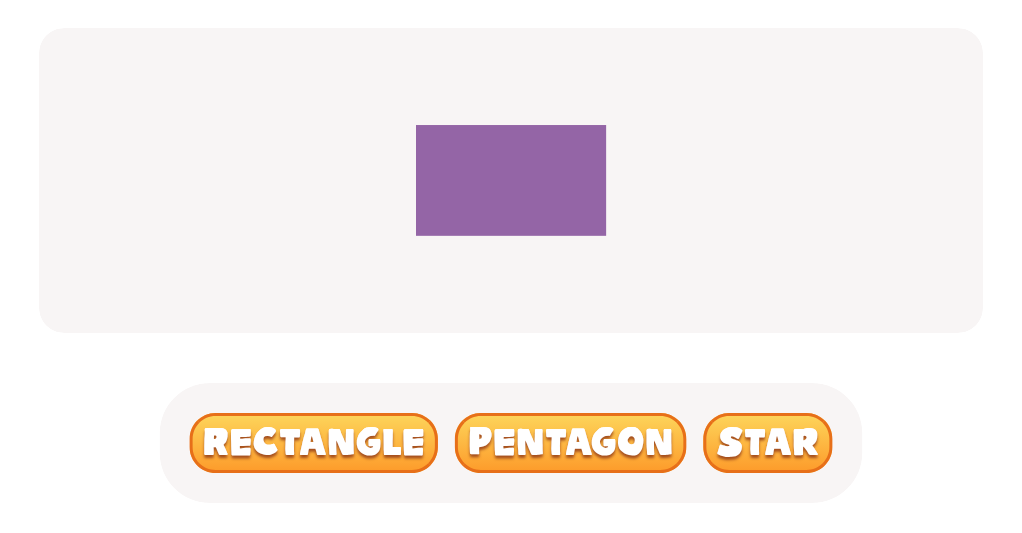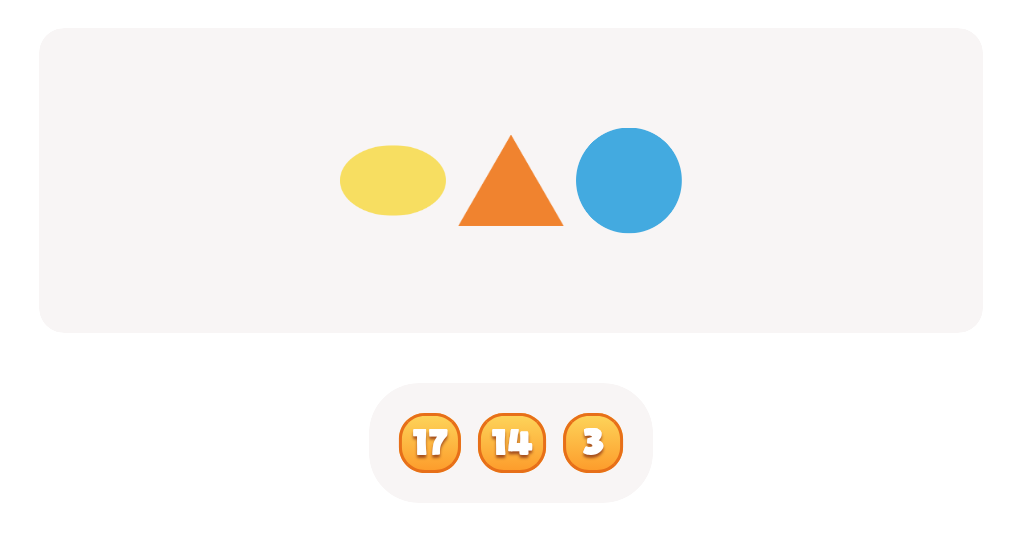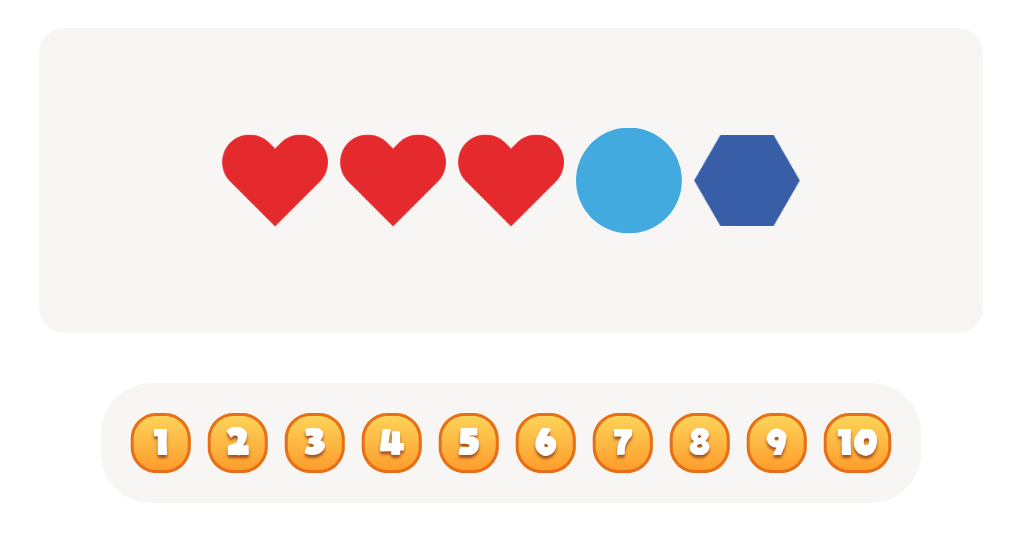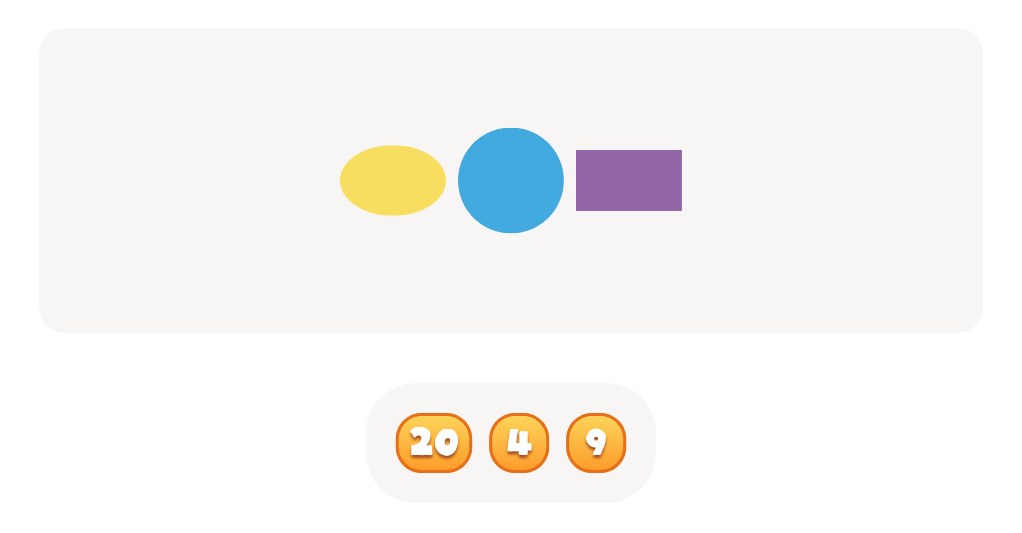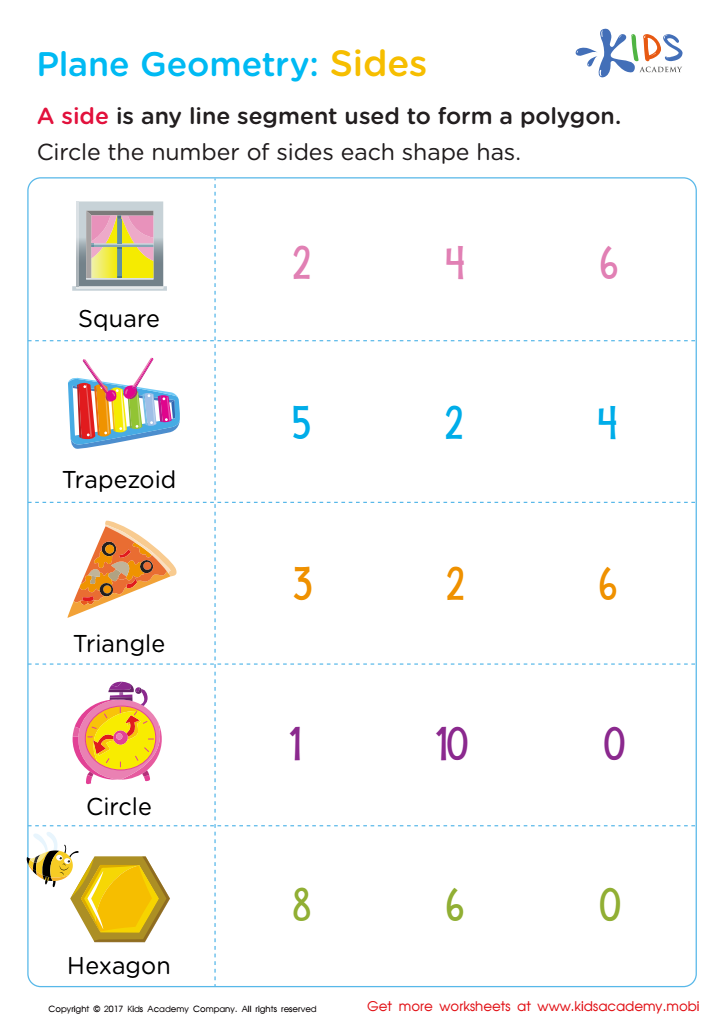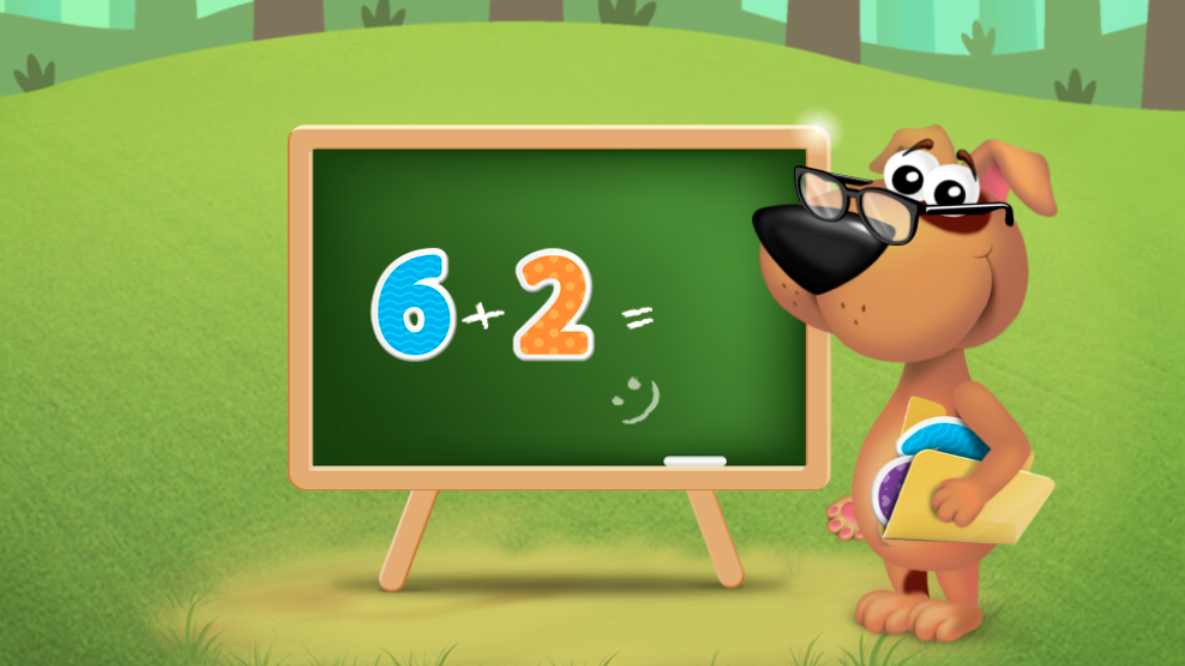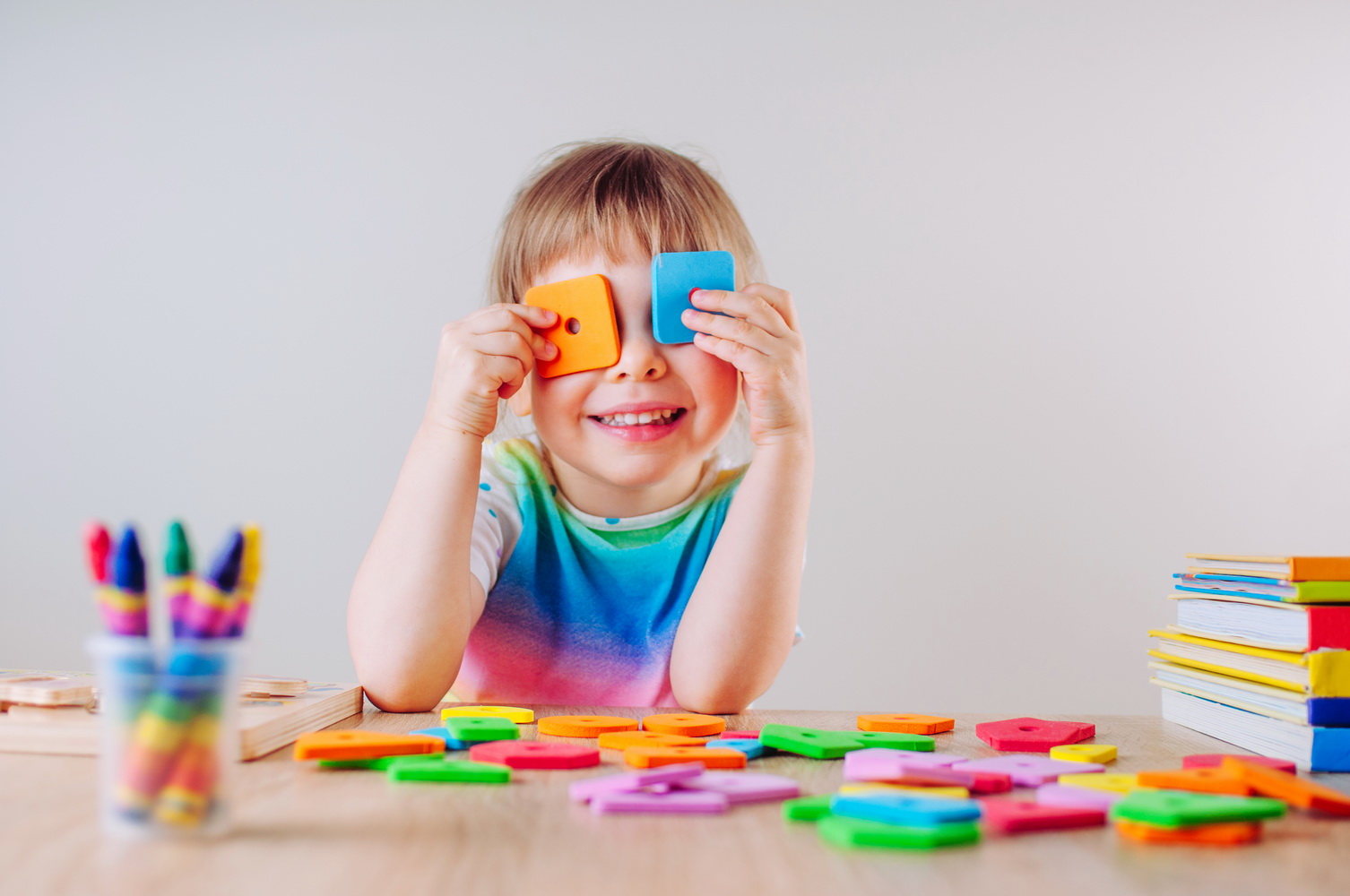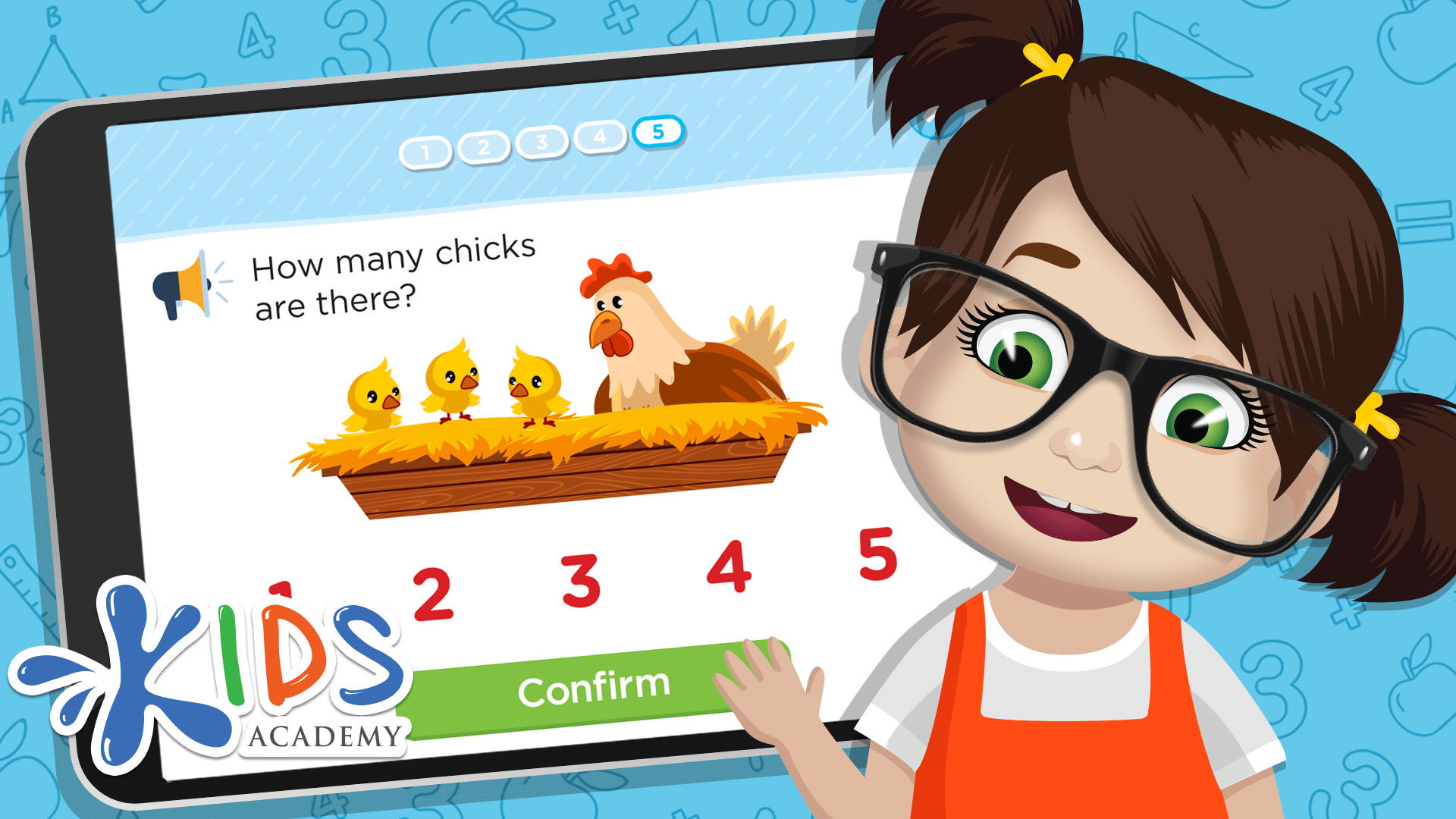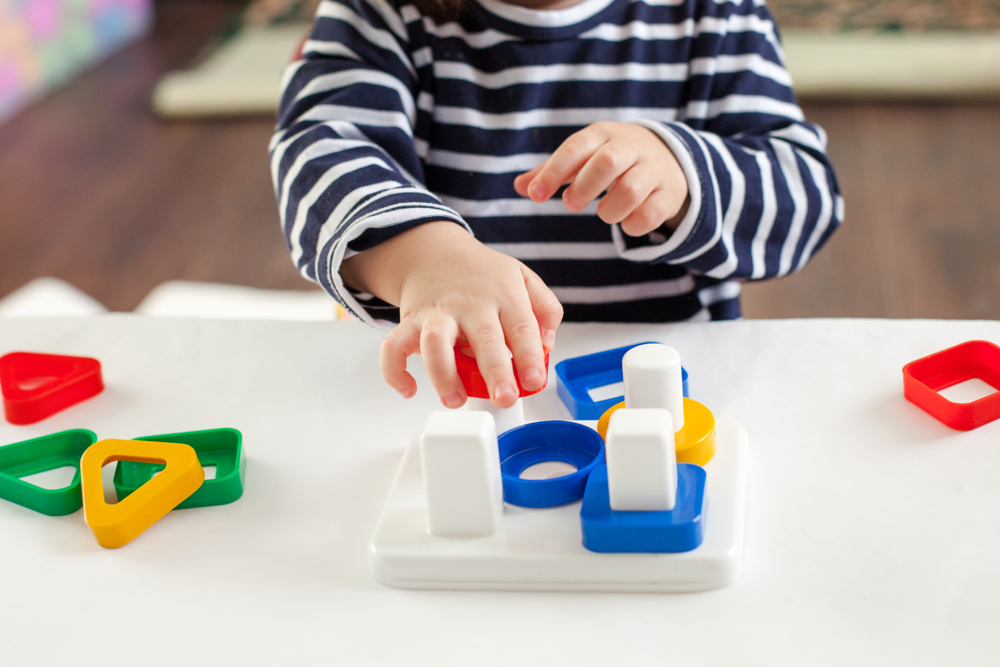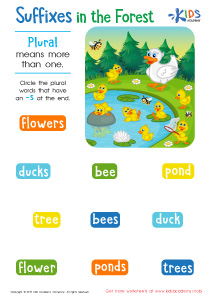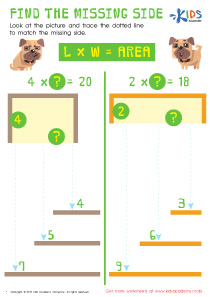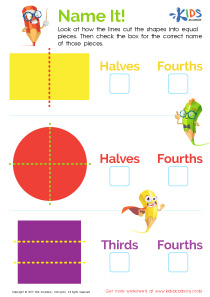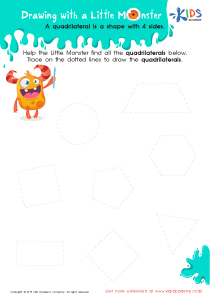Easy 2D Shapes Worksheets for Ages 3-7
13 filtered results
-
From - To
Explore our "Easy 2D Shapes Worksheets for Ages 3-7" designed to make learning shapes fun and engaging! Perfect for young learners, these worksheets feature colorful visuals and simple activities that help children recognize and understand foundational 2D shapes like circles, squares, and triangles. Each worksheet offers a variety of exercises, including tracing, matching, and coloring, allowing kids to reinforce their knowledge while honing fine motor skills. Our user-friendly resources are tailored to cater to different learning styles, making math accessible and enjoyable for little ones. Dive into a world of shapes with our captivating worksheets that spark creativity and learning!
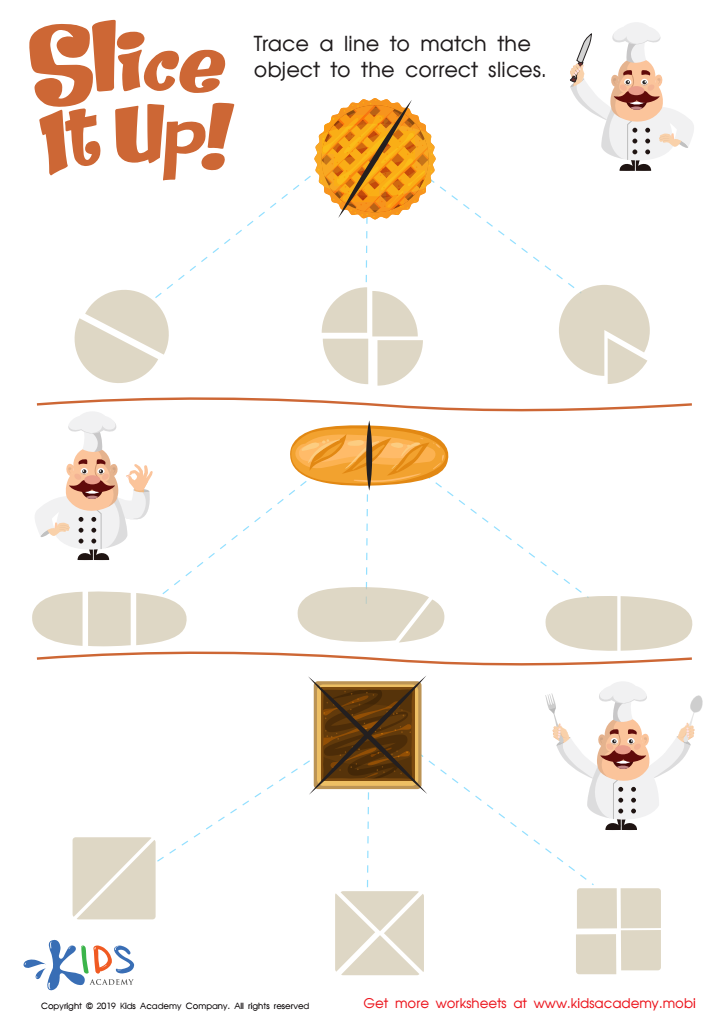

Slice It Up Worksheet
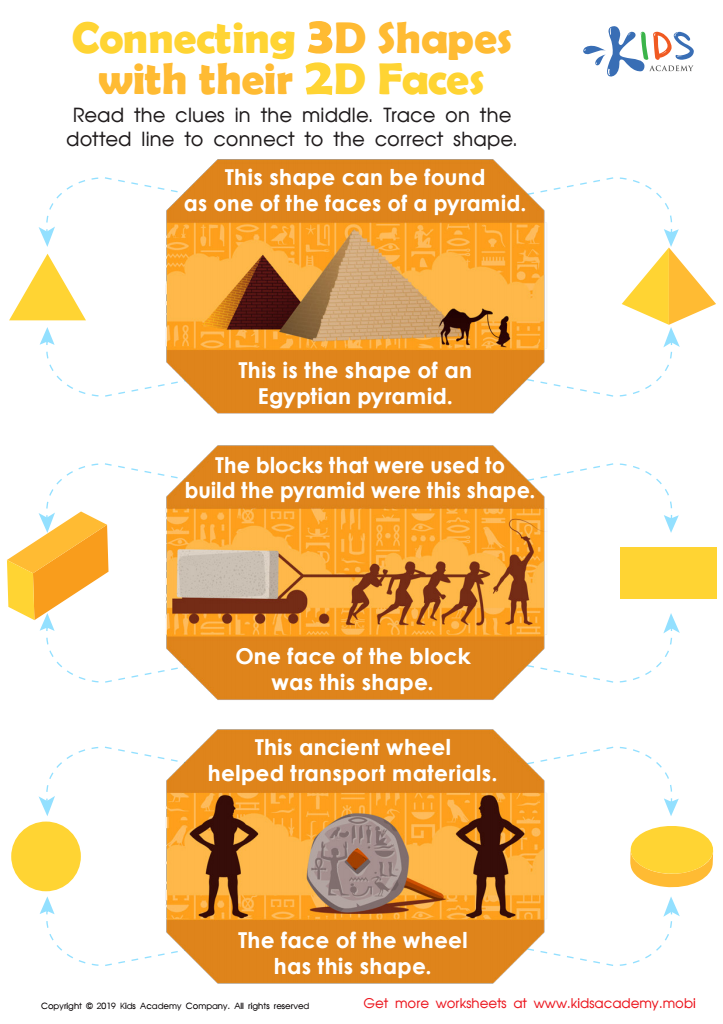

Connecting 3D Shapes with Their 2d Faces Worksheet
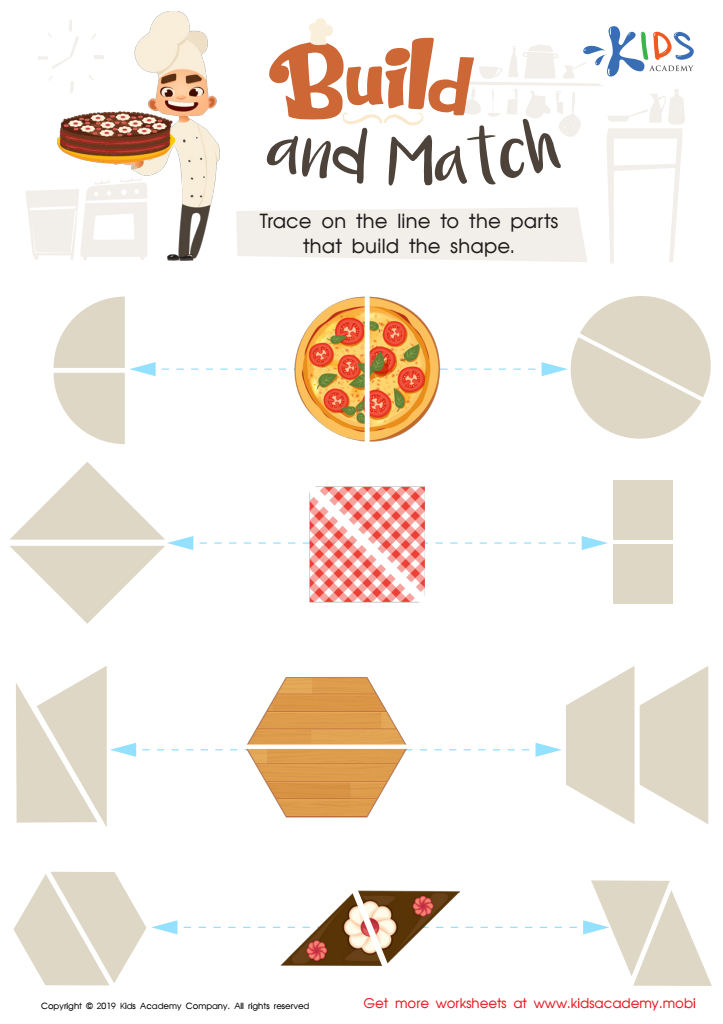

Build and Match Worksheet
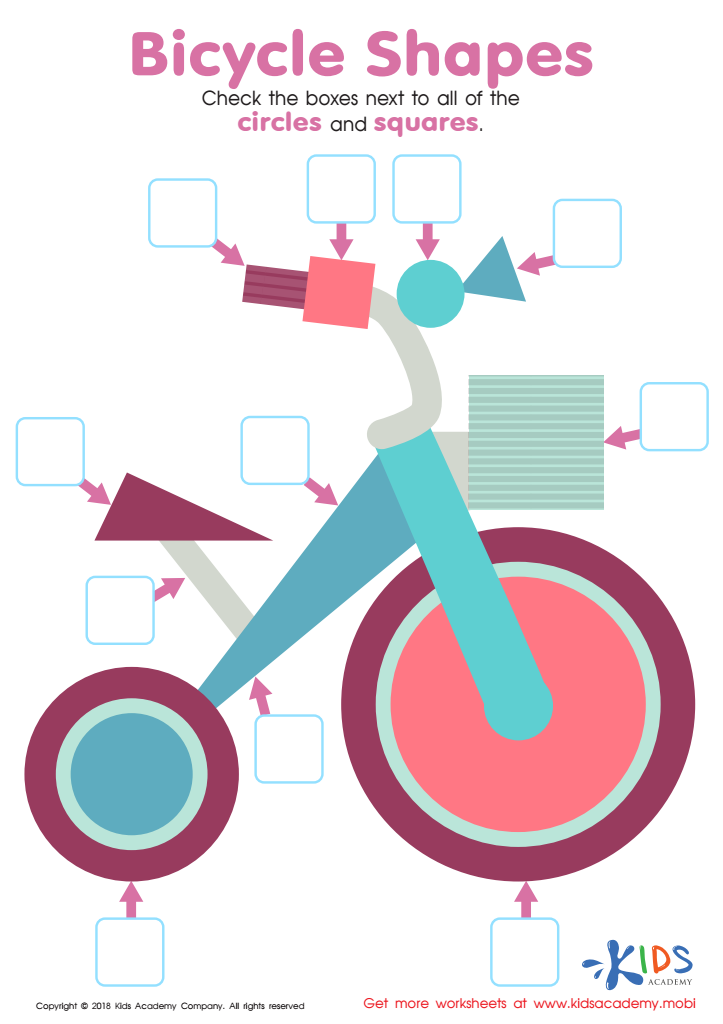

Bicycle Shapes Worksheet
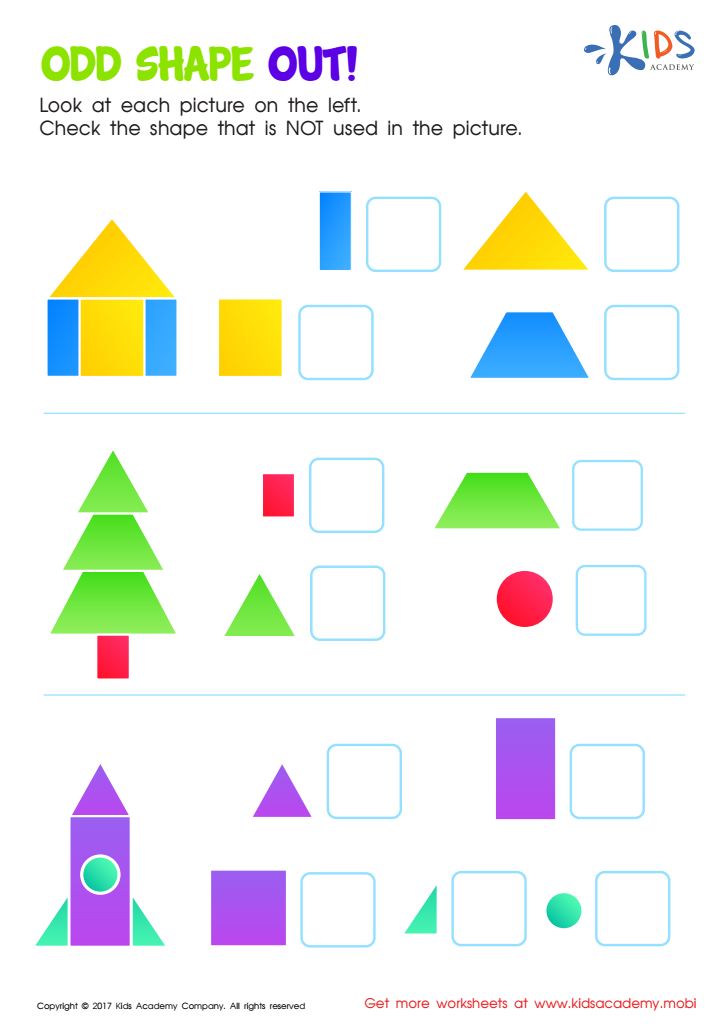

Odd Shape Out Worksheet for Grade 1
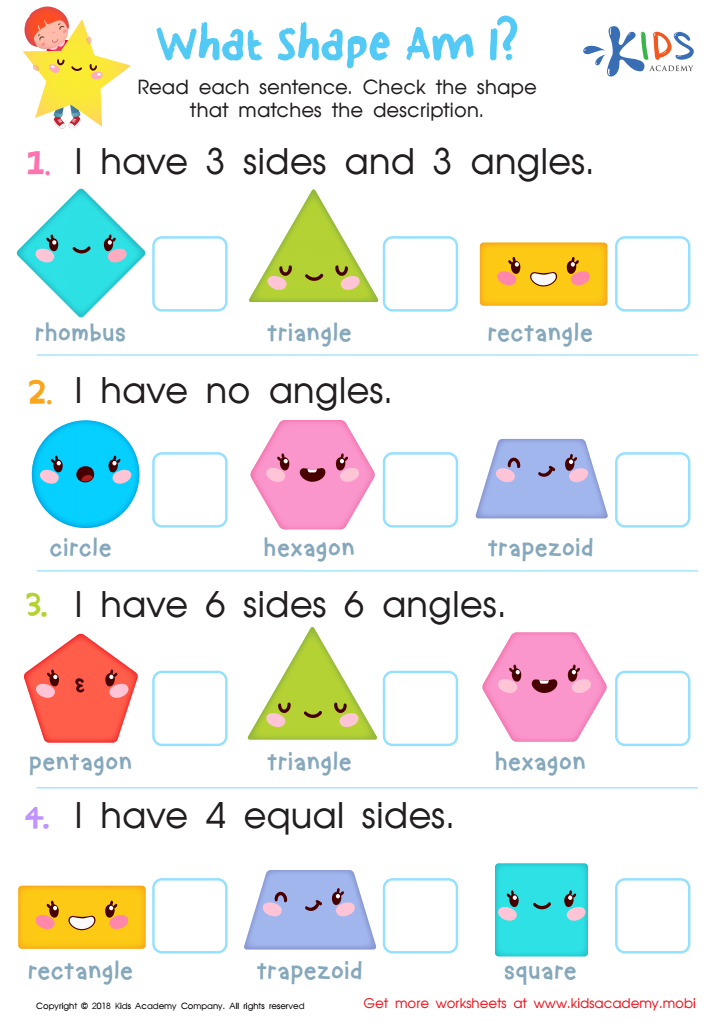

What Shape Am I? Worksheet
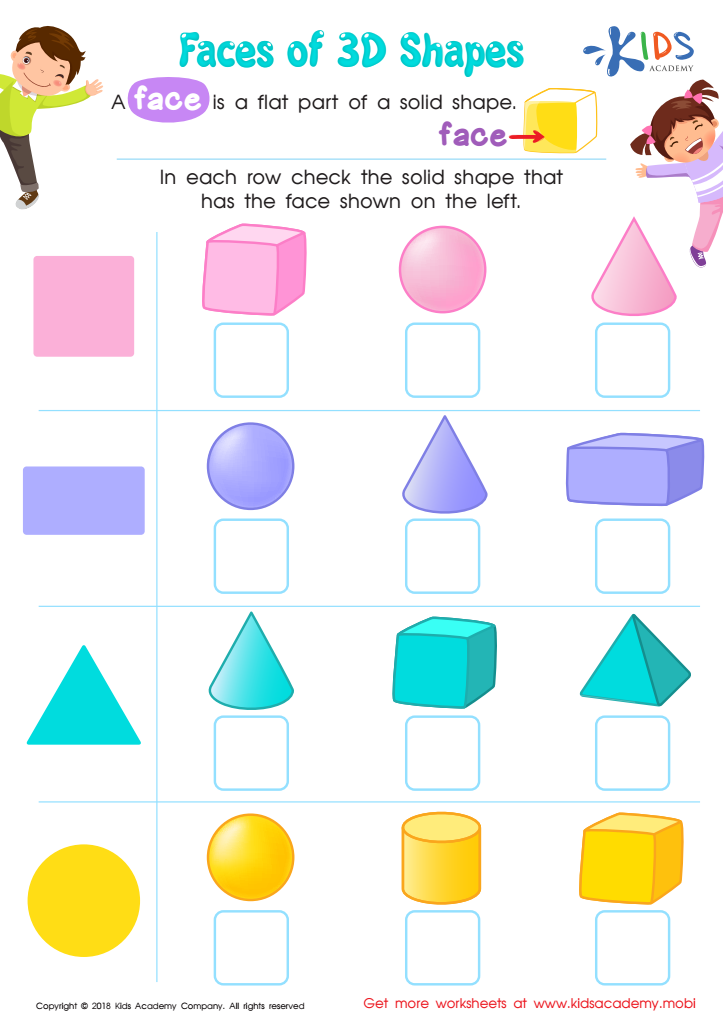

Faces of 3D Shapes Worksheet
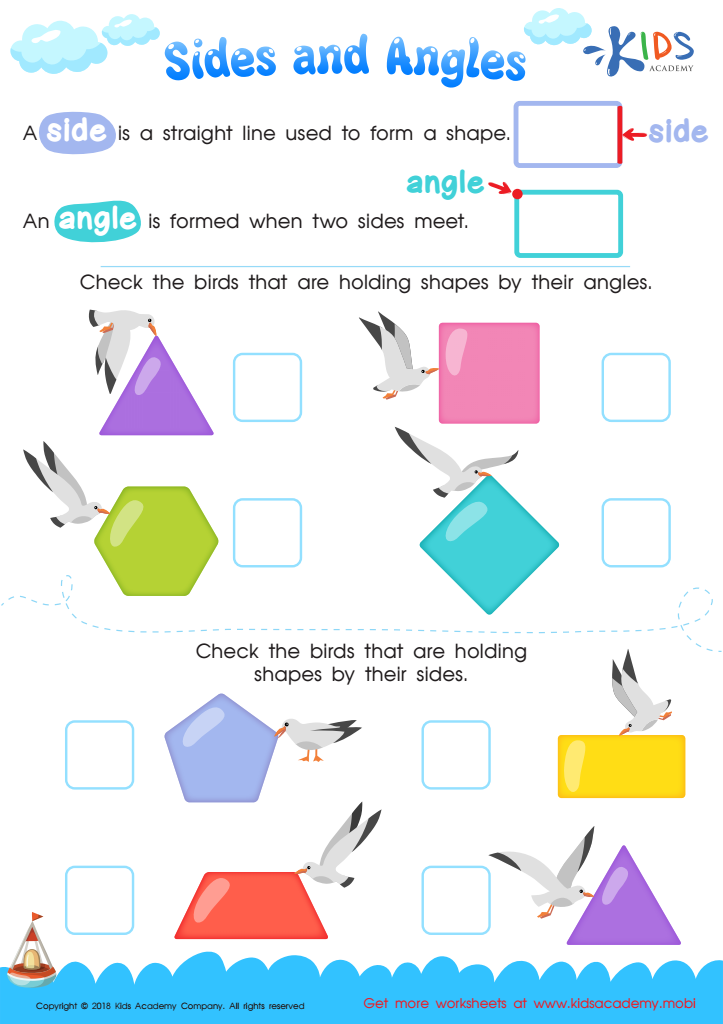

Sides and Angles Worksheet


Drawing with a Little Monster Worksheet
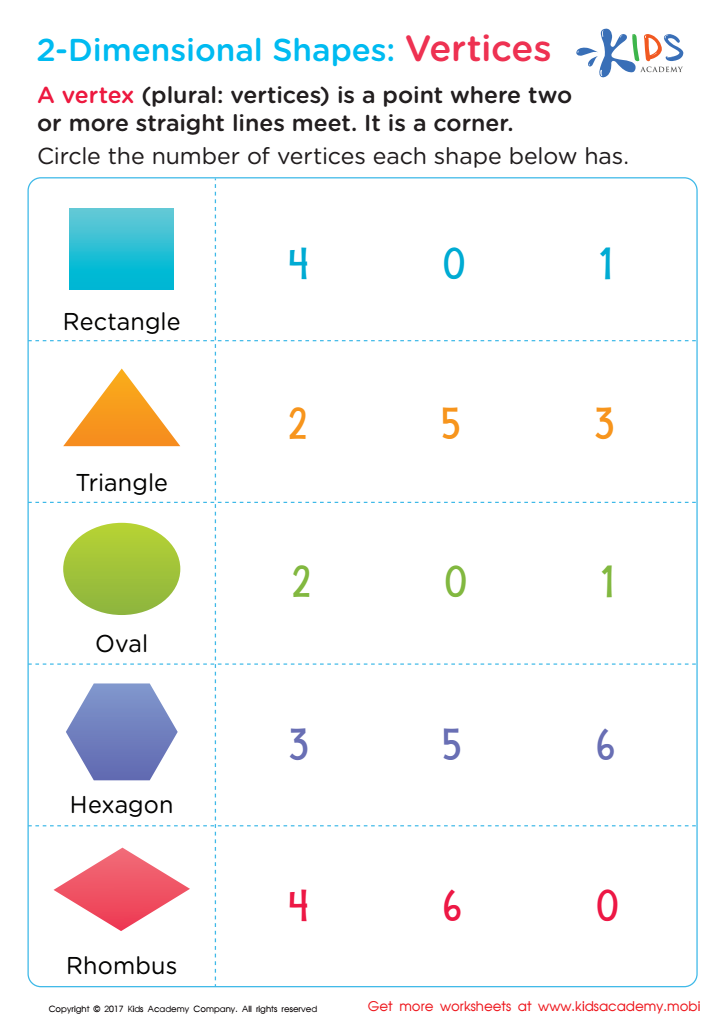

Two–Dimensional Shapes: Vertices Printable
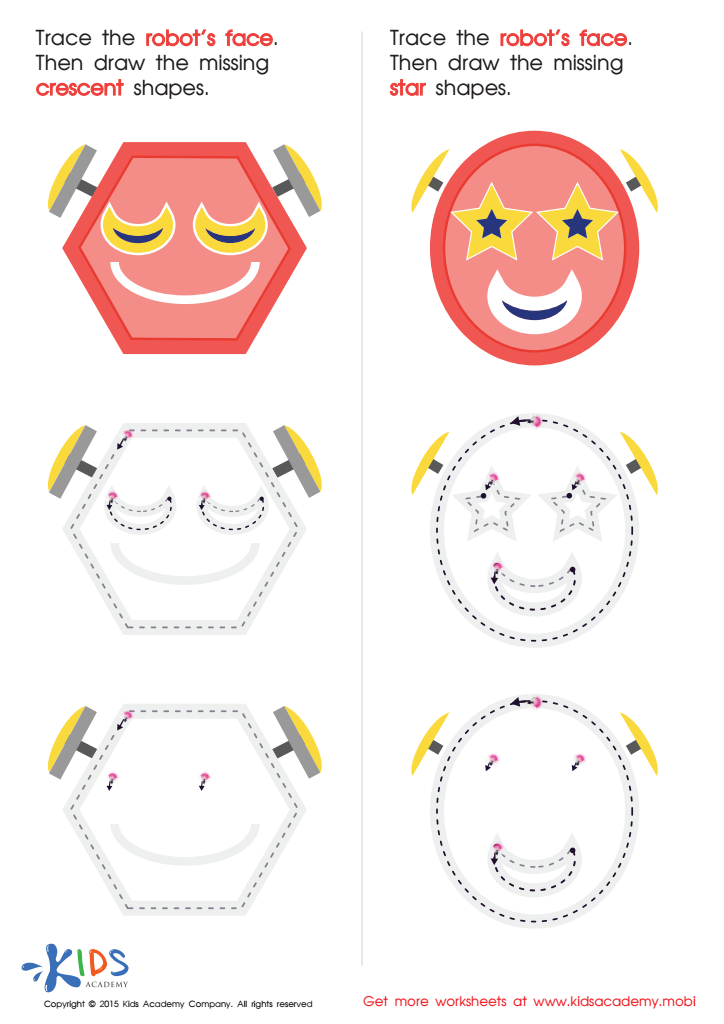

Composing a Robot's Face of Crescents And Stars Worksheet
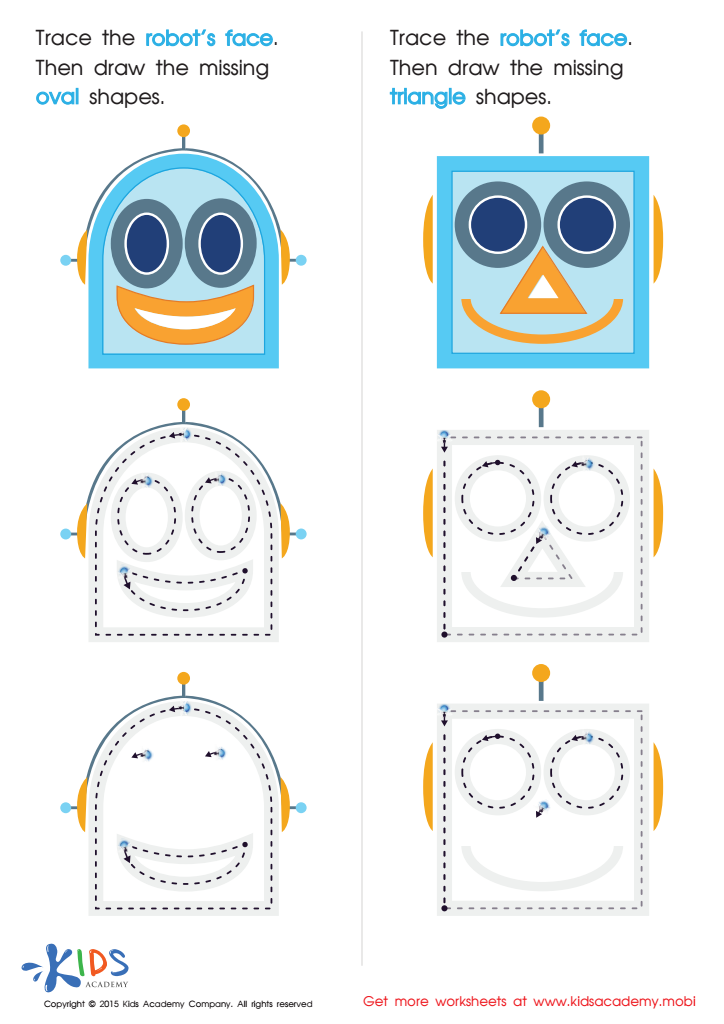

Drawing Ovals And Triangles with Fun Printable
Understanding Easy 2D Shapes is crucial for children ages 3-7 as it forms a foundational skill that supports various aspects of their development. Firstly, recognizing and naming shapes helps in enhancing their cognitive abilities. Children learn to differentiate size, symmetry, and color while engaging with geometric concepts, which lays the groundwork for critical thinking and problem-solving skills.
Moreover, shape recognition plays a vital role in developing spatial awareness. This skill is essential not just in mathematics but also in everyday tasks like reading maps, understanding graphics, and coordinating movements. Engaging with shapes fosters creativity; children can express themselves through art and crafting, as they combine different forms to create new designs.
Moreover, shape-related activities promote fine motor skills as children handle, draw, or craft shapes. Teachers and parents can use games, puzzles, and interactive activities to make learning fun, thereby encouraging social skills as children collaborate with peers or family members. By prioritizing shape education in early childhood, parents and teachers pave the way for a well-rounded learning experience that benefits children academically and holistically, empowering them through confidence in their understanding of the world around them.
In summary, investing time in 2D shape recognition is vital for a child's developmental journey.
 Assign to My Students
Assign to My Students
